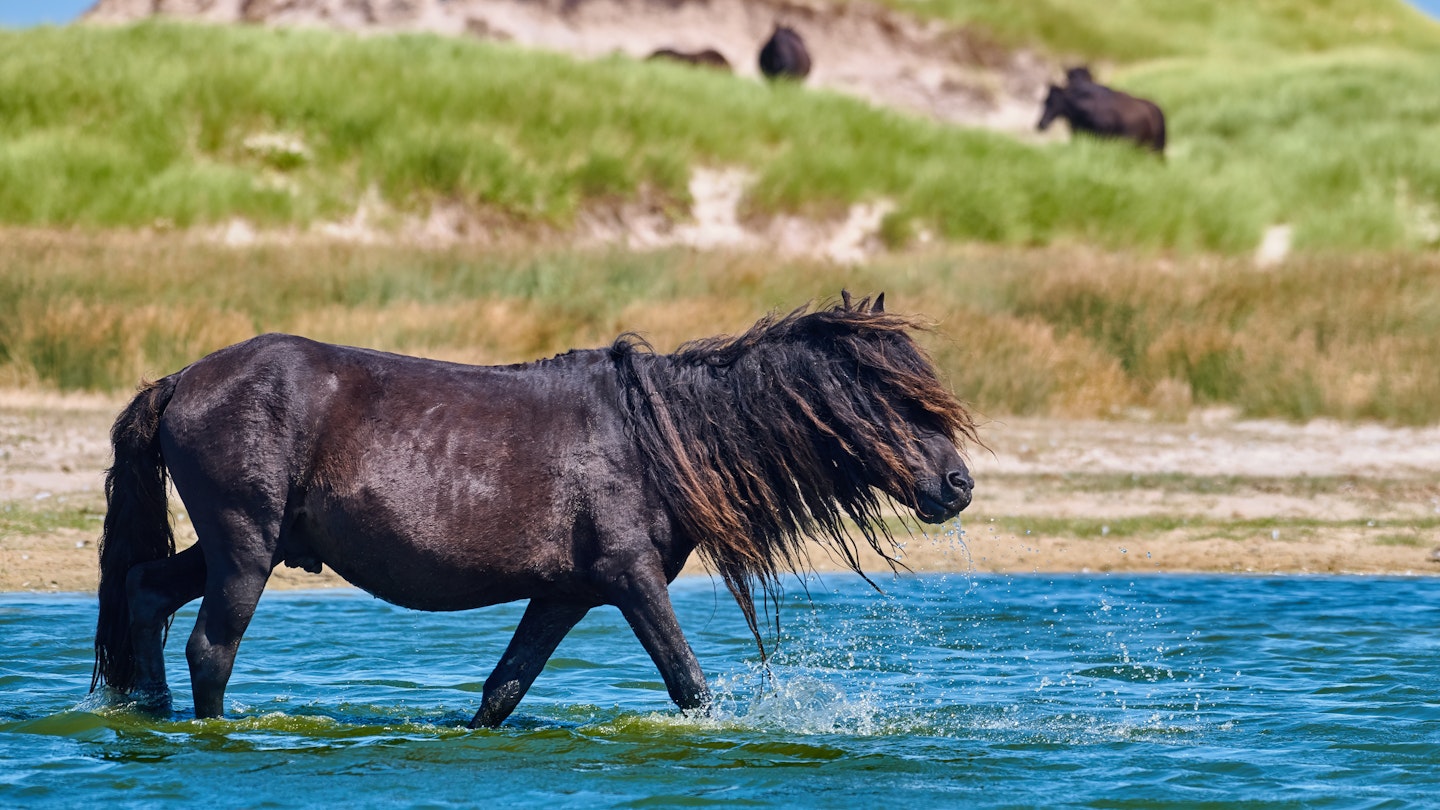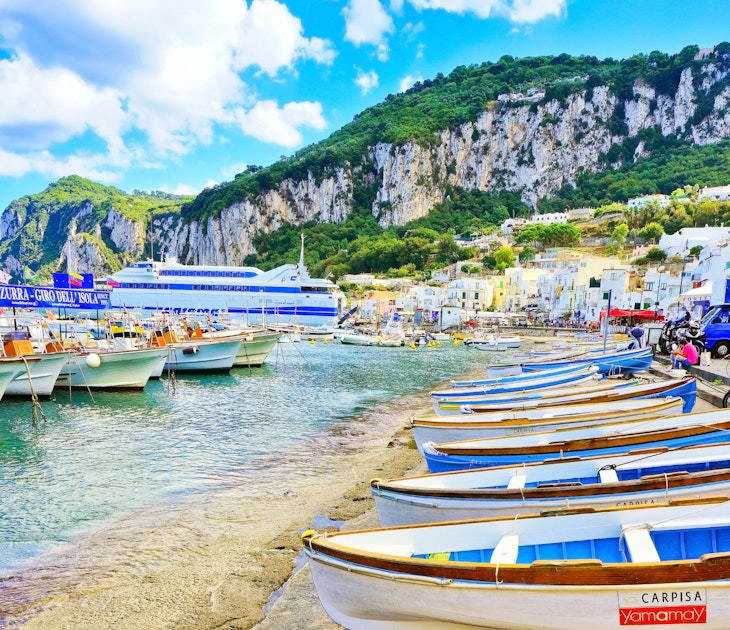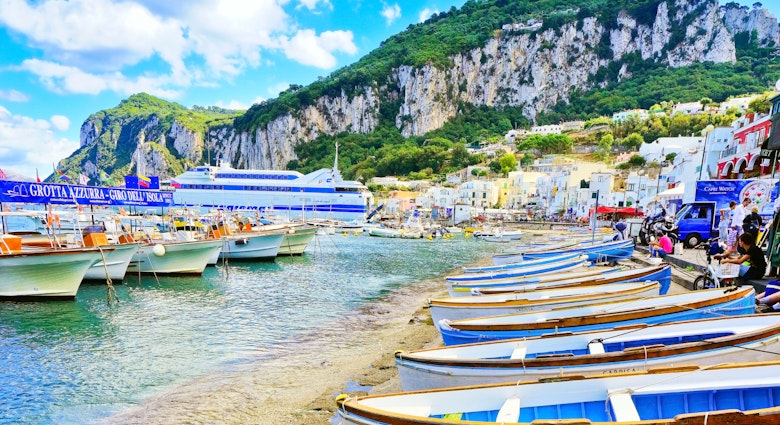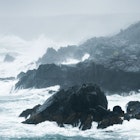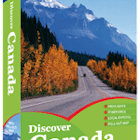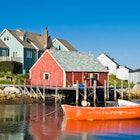Streched across a peninsula capped by the rugged mass of Cape Breton Island, Nova Scotia’s long coastline is dotted with secluded coves, grassy sand dunes and expansive beaches. Here, license plates display the slogan, ‘Canada’s Ocean Playground’—and you’re never more than half a mile from the sea. Instead of crowded pathways or flashy carnival rides, you'll find most of Nova Scotia’s beaches remain untouched and true to their natural form.
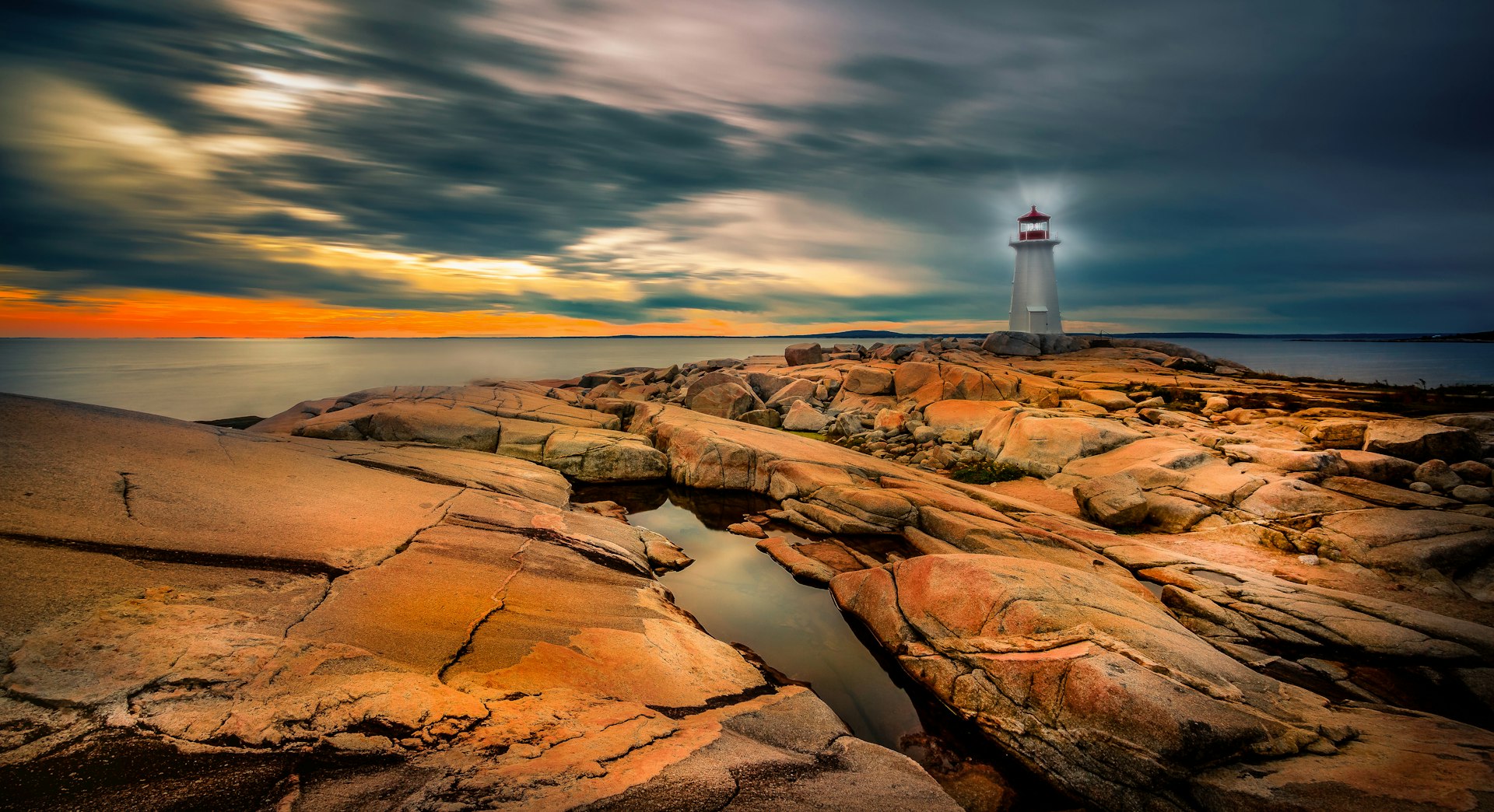
Mavillette Beach
Best beach for admiring seashells
Clinging to the Acadian Shores on a coastline famous for its attractive clapboard houses, Mavillette reveals the dramatic tides of the Bay of Fundy. At low tide, the sea recedes several hundred meters, revealing rippled sand and a huge variety of seashells. At high tide, the strip attracts sun seekers, swimmers, and surfers of all levels. Backed by boardwalks that traverse an extensive network of delicate dunes, the beach is also known for its exquisite sunsets that silhouette a diminutive lighthouse on Cape St. Mary.
Lawrencetown Beach
Best beach for surfing
Tofino in British Columbia might be the unofficial capital of Canada’s surfing scene, but Lawrencetown, 25km (15.5 miles) east of Halifax, is the Atlantic coast’s top spot to ride a wave. The 1.5km-long (1 mile) sweep of rocks, stones, and pebbles is dotted with dunes and easily accessed via highway 207. Wave conditions oscillate between calm and treacherous, with September and October, the so-called ‘hurricane season’, holding the most promise for surfers. Several surf shops in the area rent boards and offer lessons.
Sable Island
Best beach for isolation
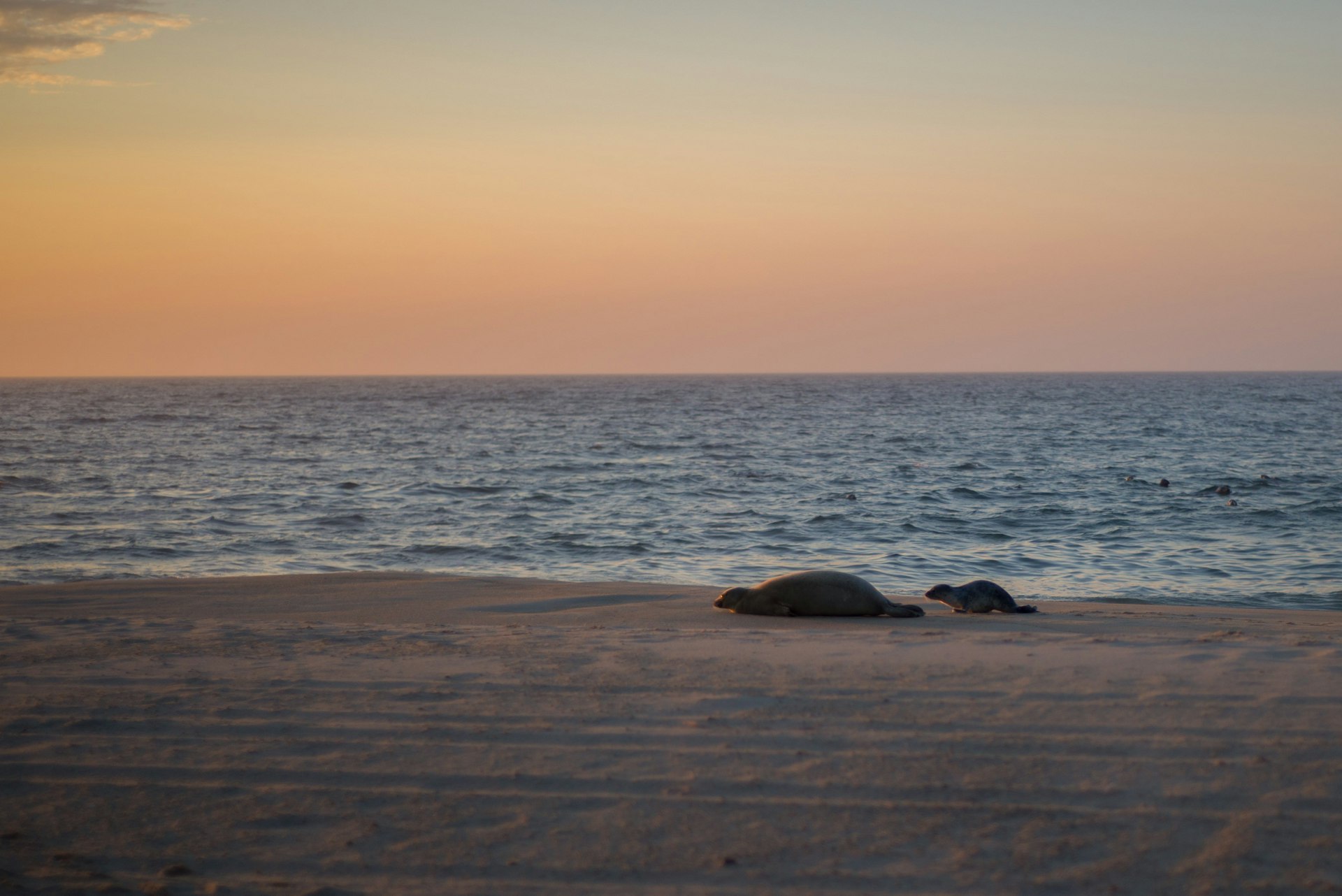
Canada’s most isolated beach sits on an uninhabited crescent-shaped island 175km (108 miles) off the Nova Scotian coast. Sable Island is a 42km-long (26 mile), 1.2km-wide (0.7 mile) eruption of sand and marram grass that hosts a Parks Canada station, graveyard of shipwrecks, a population of more than 500 wild horses, and a single tree (a Scott’s pine). Its beach stretches the full length of the island and has been protected since 2013 in a national park. Getting there is neither easy nor cheap—you'll need to charter a plane, helicopter, or private vessel—but, with only 500 visitors a year, you’re in for a once-in-a-lifetime experience.
Carters Beach
Best beach for fine white sand
With platinum blond sand and water clarity to rival the Aegean Sea, Carters Beach prompts flashbacks of tropical beaches—until you stick your toe in the water and get a chilly reminder that you’re in Canada. Untouched by cityscapes, the beach is bookended by two rocky islets and includes a mix of low dunes and scattered trees. Parking spaces are a bit harder to nab in summer, but this soft, sandy oasis is worth the minor hassle.
Meat Cove
Best beach for whale-watching
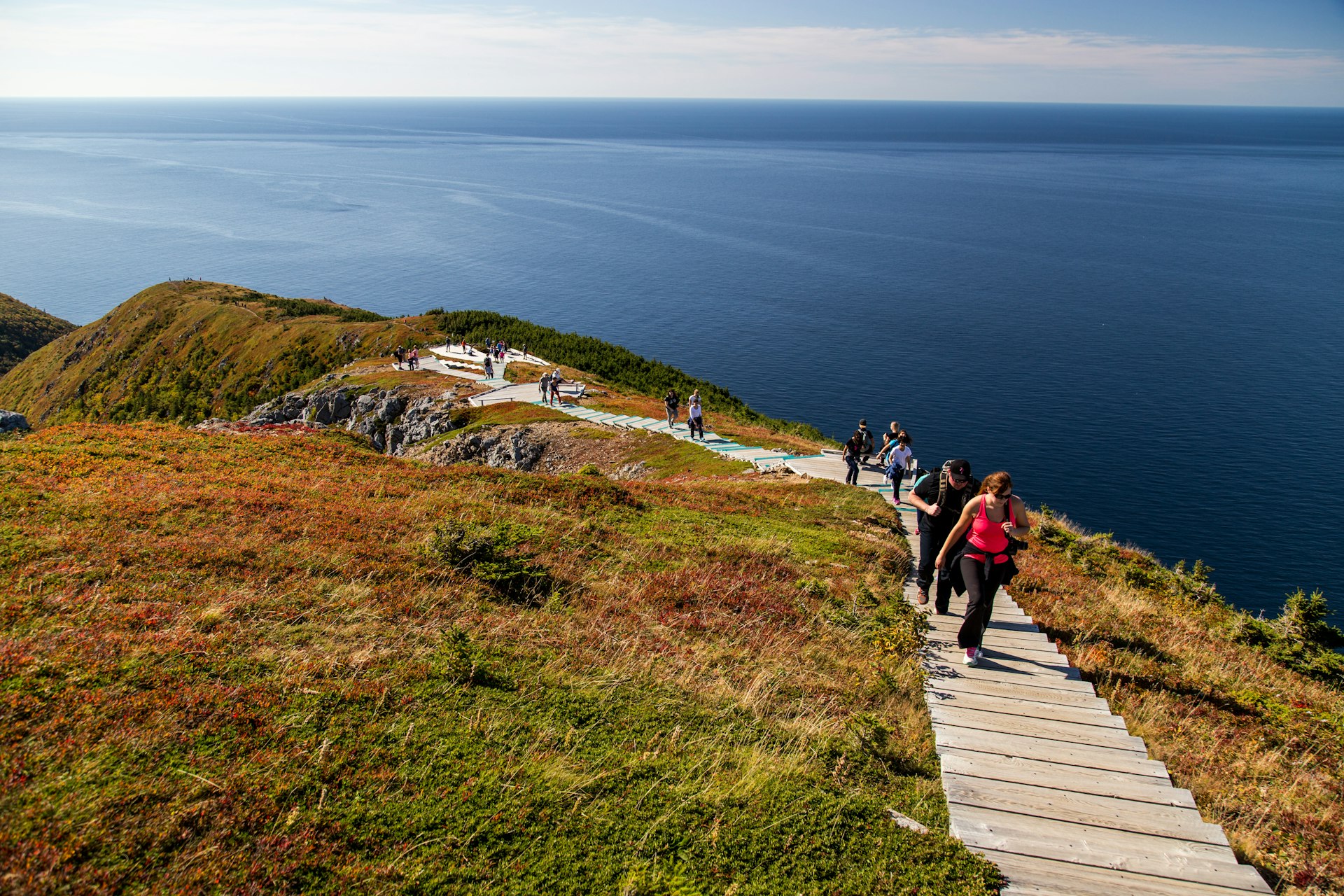
Nova Scotia’s most northerly beach comprises a tight crescent of rough sand on Cape Breton Island near the Cabot Trail scenic highway. Nestled between slate-colored cliffs and billiard-table-green headlands, Meat Cove has a number of hiking trails to explore. Quiet and isolated, with minke whales sometimes viewable from the shore, the whole area has a tangible end-of-the-continent feel.
Rissers Beach
Best beach for camping
No, you’re not in Barbados, although aesthetically, it’s close. Set in a provincial park on Nova Scotia’s South Shore, 20 km (12.5 miles) west of Lunenburg, Rissers is a place to take your shoes off and let the light powdery sand cover your feet. In many ways, this is an archetypal Nova Scotian beach: a sweeping crescent of blonde sand backed by a mixture of trees and marshy grass, crisscrossed with trails and a long boardwalk. It’s pleasantly rural, with a popular campground offering hook-ups, tent-sites, and showers on adjacent Little Rissers Beach to the east.
Martinique Beach
Best beach for birdwatching

Marketing itself as Nova Scotia’s longest sand beach, Martinique’s 5 km (3 mile) carpet of sand does indeed leave plenty of room to roam. Inhabiting a narrow spit of land that protects the salt marshes and mudflats of Musquodoboit Harbour, the area is a prime nesting ground for piping plovers and a seasonal feeding spot for numerous migratory waterfowl. Less than an hour’s drive east of Halifax, Martinique is a popular place to throw a frisbee, track birds with binoculars and feel the stiff Atlantic wind in your hair. For surfing, it’s second only to Lawrencetown for reliable year-round waves. Bonus: there’s free parking and on-duty lifeguards in July and August.
Rainbow Haven
Best beach for families
Of the long, white-sand beaches on Nova Scotia’s Eastern Shore (running from Dartmouth just east of Halifax to Cape Canso), 1km-long (0.5 mile) Rainbow Haven is the most easily accessible and visitor friendly. Bank on washrooms, showers, a canteen, and a boardwalk with wheelchair access to the beach. Lifeguards supervise a sizable swimming area, but it's still best to always be alert. The water never gets very warm, but Rainbow Haven is still a popular beach with families and draws crowds on summer weekends.
Inverness Beach
Best beach for walking

Inverness on Cape Breton Island has a tangible Scottish feel—and not just courtesy of its name, which mimics a diminutive city in Scotland. It’s also on the Ceilidh trail, a scenic drive that celebrates the province’s longstanding Gaelic heritage. Unlike many Nova Scotian beaches, the 4km-long (2.5 miles) ribbon of sand is adjacent to a small eponymous community that supports two golf courses: Cabot Links (Canada’s only true links course) and Cabot Cliffs, both of which overlook the breezy ocean. A wheelchair accessible boardwalk runs between one of the golf courses and the beach that is popular with walkers.
You might also like:
How to get around in Canada
When to visit Canada
The 14 best road trips in Canada

